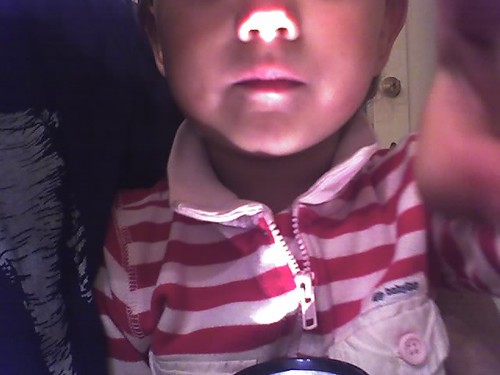You will provide written critiques for two classmates. fifteen minutes will be provided for each crit and should be posted to your classmate's blog as a comment. The comment will be placed in the post I'll describe below. Your crit should address the following issues:
- overall usability of the site
- the degree to which it pushes boundaries / questions traditional presentation of portfolio work
- same as above but for overall site navigation
- if the site utilizes linear / cinematic elements (such as transitions, image sequences, etc) and the success of those linear elements
- overall organization of the work -- logical? interesting?
To prep for the written crit, make sure you have a final screen grab of the project posted on your blog and title the post "MX project two final". If you have the work on your website, please provide a link to the site in the text of that post. Also provide a written description of your intentions for the site -- what you hoped to achieve in its design, rationale for the design decisions you made, what you learned through this process, what you are most proud of, what you struggled most with.





